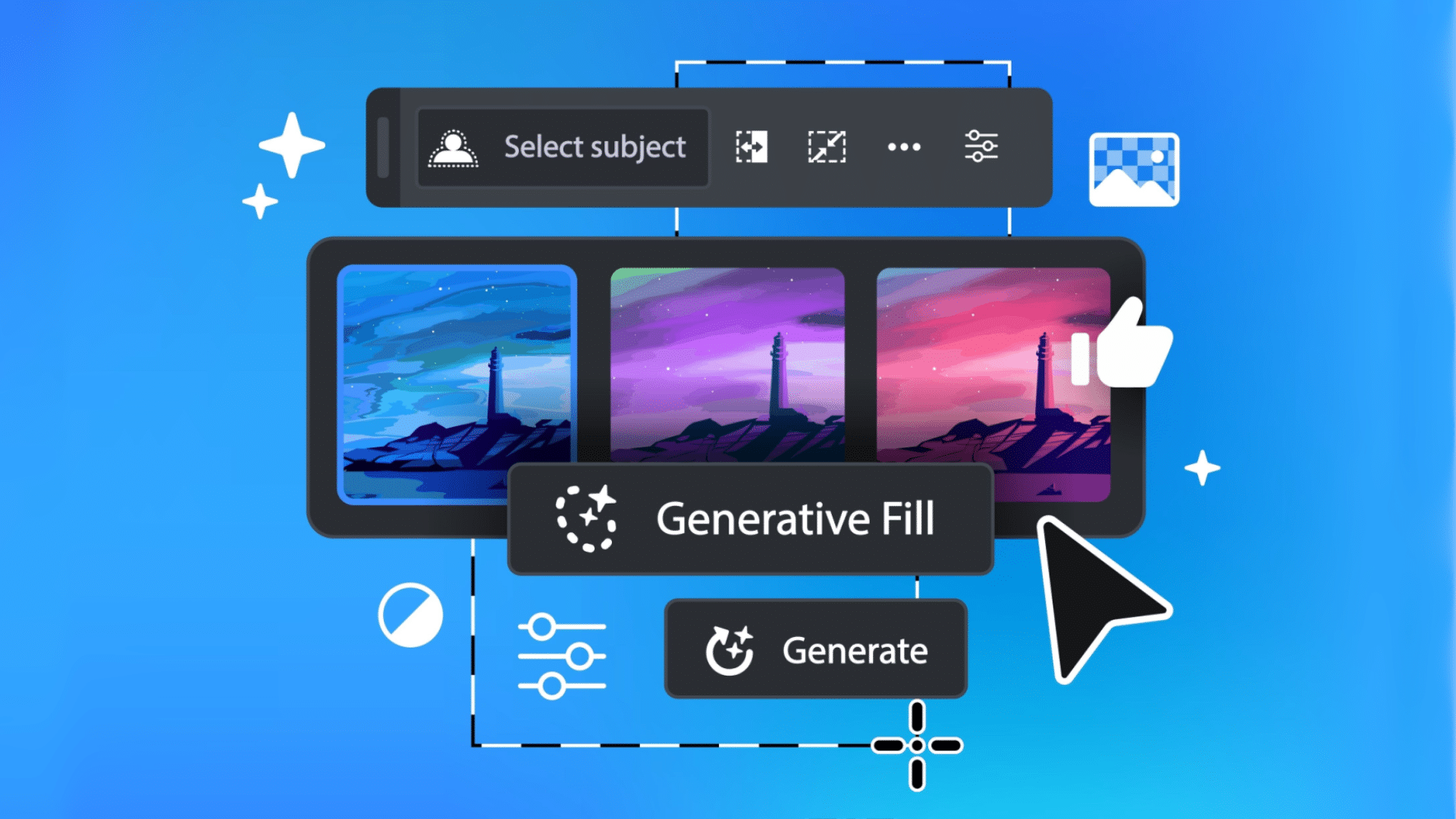Economic demands force marketers to do more with less. Today, small teams are responding to this demand by adopting AI to produce greater output. Without AI, teams risk failing to achieve their goals due to limited resources.
Likewise, advances in PPC have changed the way teams view the impact of technology. Methods of targeting and designing creative and structuring campaigns have evolved thanks to machine learning.
The most successful campaigns require a strategic blend of creativity and a deep understanding of changing customer behavior. Therefore, the adaptation of human expertise and technology creates a competitive advantage.
Here are some steps you can take to strike a critical balance between human touch and AI to improve your advertising campaigns, engage your audience, and achieve superior results.
Align ads with the customer journey
Finding the right audiences at the right time is possible thanks to the AI-assisted features of advertising platforms: Performance Max, Meta’s Advantage+ and LinkedIn Predictive Audience.
Each feature provides the same value: finding conversions with few targeting parameters based on user signals. Algorithms tailor your creative to the right audience, serving ads to users most likely to convert.
Marketers can use these AI-assisted features to achieve the desired outcome without performing more manual, low-impact activities. That said, there are two key ideas to consider when using these audiences:
- Optimize toward the right goal for your goals.
- A strong creation that resonates with your ICP and its journey.
These “smart” audience types can scale targeting capabilities and drive cheaper traffic and engagement, but the quality is questionable, especially in B2B. Don’t be afraid to test.
Low costs are a trade-off for broader targeting. You should ask yourself, “Are you willing to expand your network if you know the right people are being reached alongside less qualified traffic?” »
To resonate with quality audiences, humans must guide AI targeting with strong messages and designs that drive audience engagement.
Make sure your message is not too broad or too specialized and expand it based on different customer needs. You must have an advertising creative that:
- Educates: This content should focus on your brand and promote education and awareness. Consider videos, blog posts, or other low-intent content.
- Explain the value: These ads tout the product/solution in some way and lead directly to a stated intent page on your website.
- Indicates the price and/or offer: Best used with a warm retargeting audience. These ads are intended for users who are ready to purchase, sign up, or chat with salespeople.
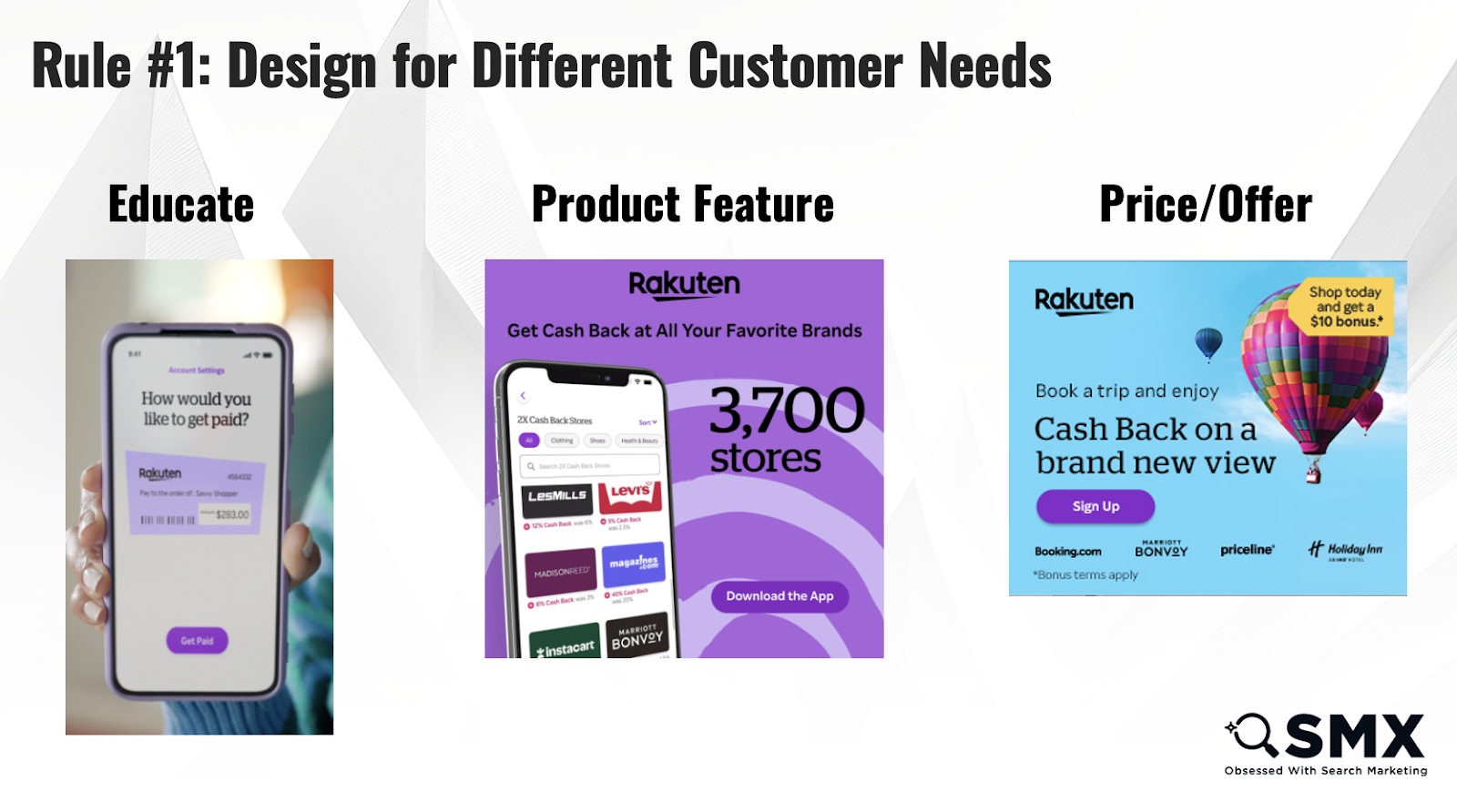
Run all three types simultaneously to reach the right audience with the message they’re ready for.
Dig Deeper: AI and Google advertising: what’s next?
Power the machine
As AI expands audiences and your brand competes for attention, it’s important to design every possible location your ads can show.
Explore your data to determine which channels and placements are working and optimize the titles, descriptions, and creative options available.
You risk limiting your audience if you don’t test thoroughly with different sizes and formats.
Aim for variety while still following your brand guidelines. Algorithms must detect significant differences in the creative to pass testing.
Testing on a single element (i.e. green or blue) will fatigue creative more quickly and cause audiences to ignore ads. Test different concepts and designs (i.e. people or laptop), always applying previous learnings to new iterations.
Now more than ever, there are more and more placements across advertising channels to place ads on. To track different formats across multiple platforms while attracting and retaining consumer attention, you may need more than 100 different assets for a campaign.
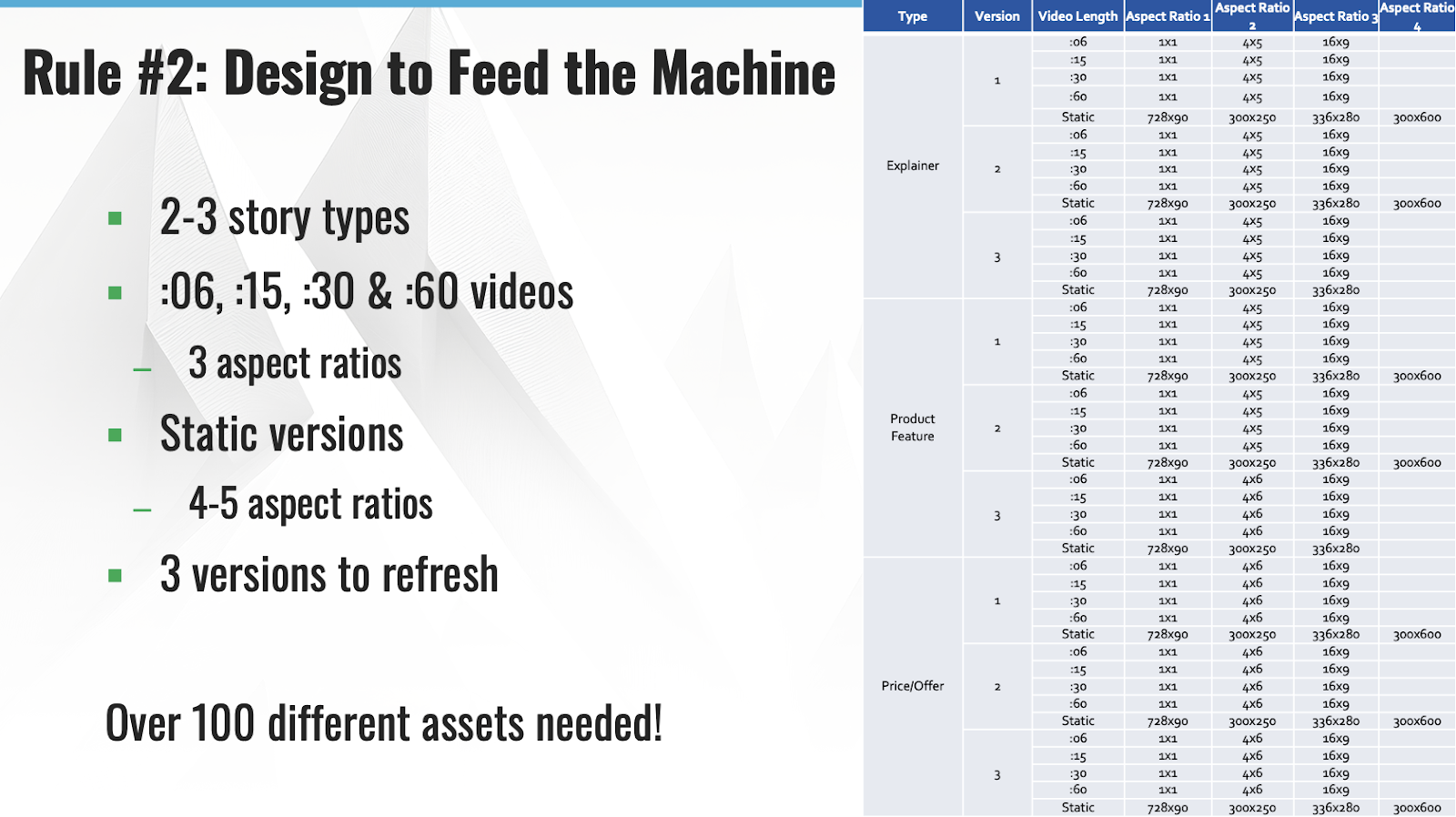
Time and resource constraints are common in this field, so focus on quality over quantity. If you can only come up with a few creative iterations, do the best you can.
Generate more results while saving time with generative AI tools like ChatGPT to:
- Creative concepts and ideation.
- Ad copy.
- Localization/translation.
- Audience research.
- HTML5 code generation.
While all this creative testing seems like more work, AI features in design tools help teams complete tasks in a fraction of the time it used to take.
Here are some ways AI can accelerate creative production:
- Brainstorm preliminary ideas.
- Storyboard.
- Remove or fill backgrounds.
- Change the aspect ratio.
- Photo editing.
- Creation of vectors.
- Color correction.
- Generation of subtitles.
Free and inexpensive tools are available for teams on tight budgets.
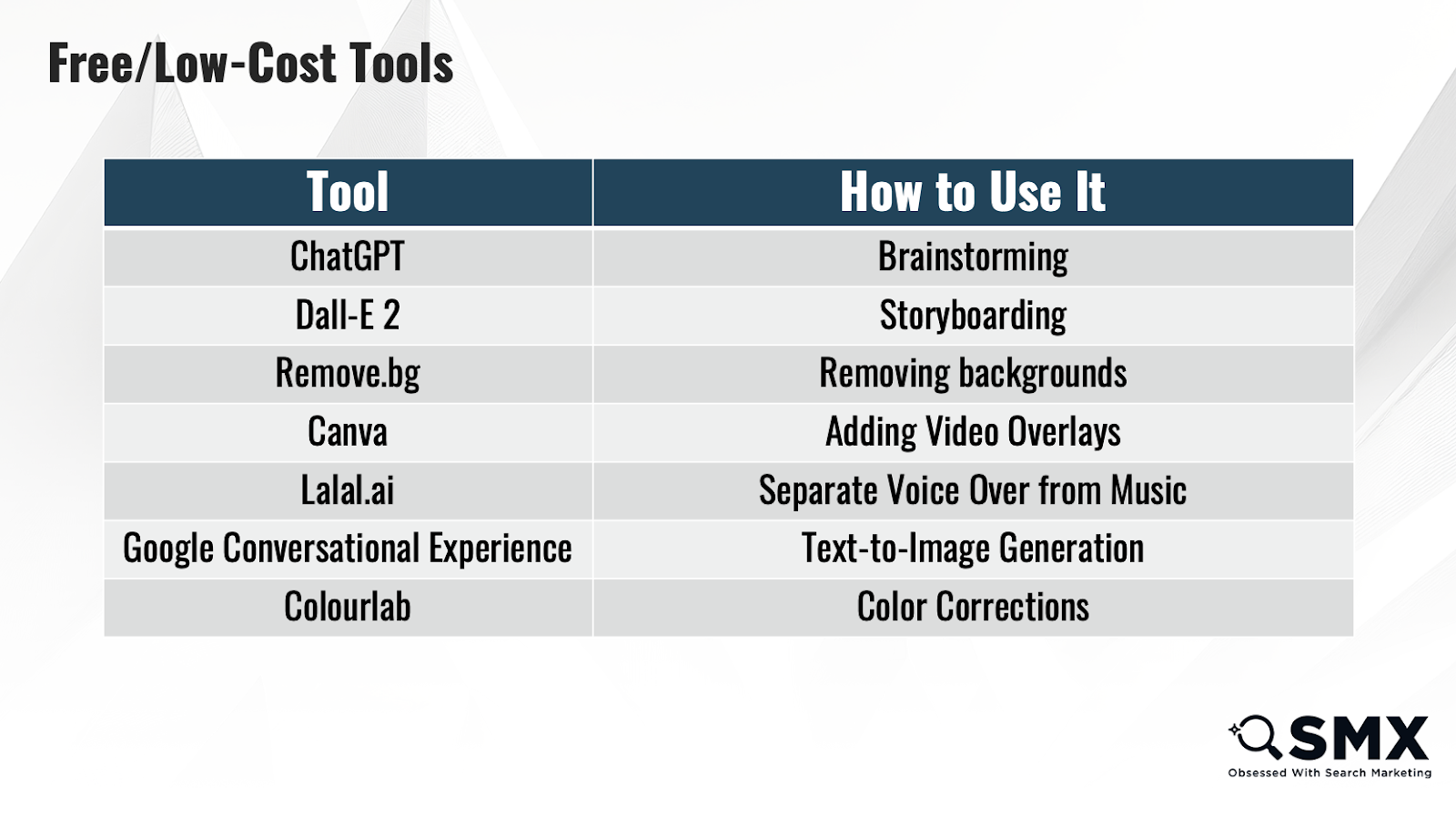
It is essential that even if AI is used for efficiency, you still prioritize authenticity.
You should never rely on AI for the final product; instead, you should use it as a guide or a way to complete a task faster.
Always review AI’s work carefully and keep your brand’s tone and voice at the forefront of all designs and messaging.
Get the research newsletter marketers rely on.
Designed for short attention spans
Teams shouldn’t waste effort designing content that won’t perform well. Think about the types of content your audience likes to consume and interact with.
Users are consuming more videos than ever, with 92% of them watching videos every week, according to Statista.
With views and engagement increasing, consumers are relying on video for information, not just entertainment. Among the most consumed video categories are:
- Tutorials or procedures.
- Educational content.
- Product reviews.
Algorithms prioritize video to keep users engaged on the platform. Including video in your content mix can improve brand reach and engagement.
Even B2B audiences are consumers at the end of the day, so don’t skimp on channels like Facebook and Instagram.
Video can amplify your story and introduce your brand to an audience in the format they are comfortable consuming, but you need to be concise.
Gen Z’s attention span has dropped to 2.8 seconds. AI favors shorter videos to align with consumer behavior. 15 to 30 seconds is ideal, especially for a cold audience.
You need to tell your story quickly. Move the story arc forward to capture attention in the first five seconds of the video and keep it interesting enough to hold their attention in the middle.
The outdated storytelling format would save that climax for last, but it’s important to reach that peak very quickly before the user continues to scroll.
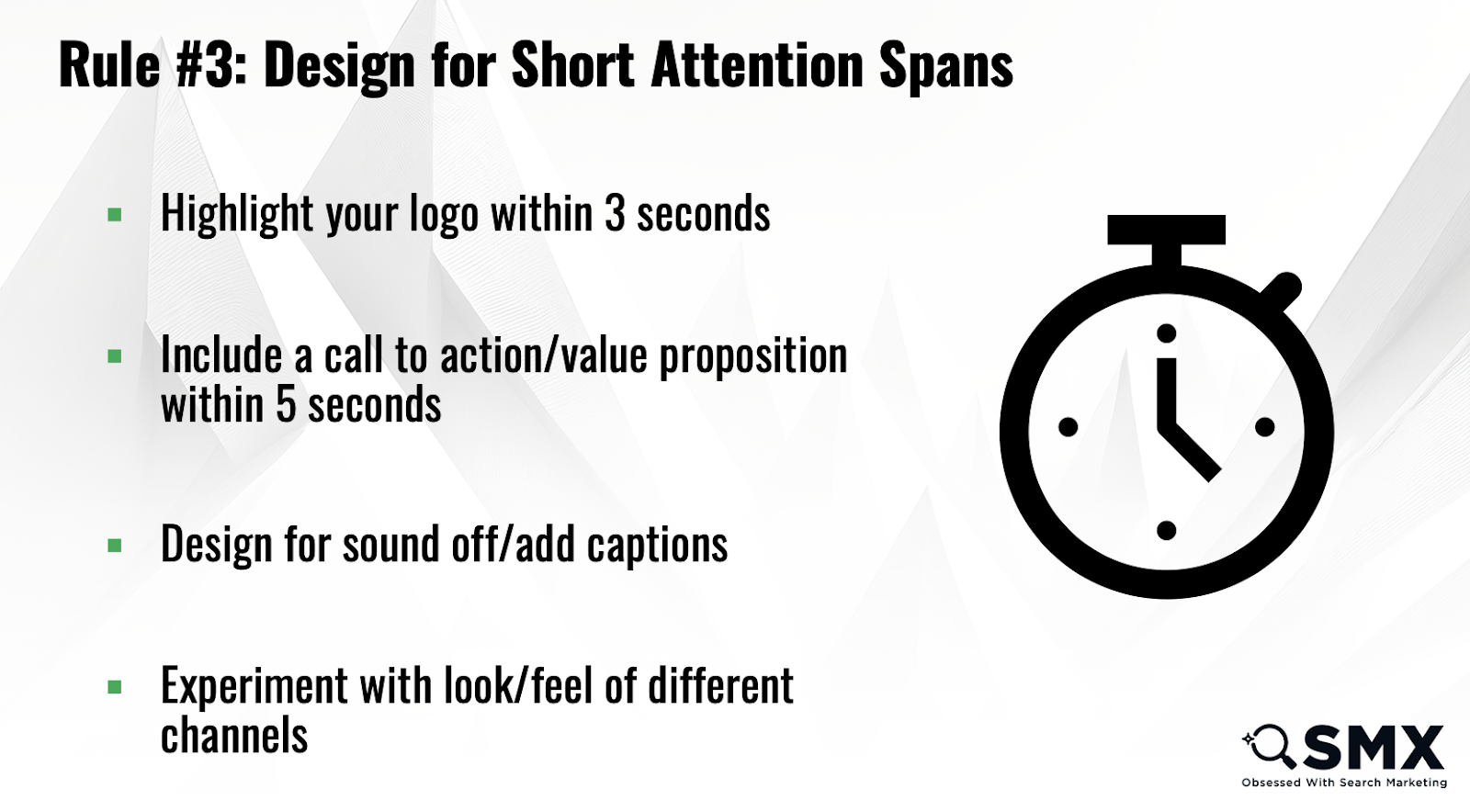
Dig Deeper: Why video is essential for building brand identity and engagement
Brands are now like publishers in the speed they need to deliver content.
Now is the time to embrace AI as a tool to save your team time and help you keep up with the volume of options algorithms need to find the right audiences.
Engage executives and creative stakeholders with quantifiable results that prove the impact of these efforts.
Track your audience, invest in the channels they spend time on, and deliver content in a familiar format. Provide platforms with the best possible content and ensure a smooth shopping experience for your customers.
Guide AI to serve as an extension of your team, helping you achieve your goals with meaningful results.
Contributing authors are invited to create content for Search Engine Land and are chosen for their expertise and contribution to the search community. Our contributors work under editorial supervision and the quality and relevance of the contributions for our readers are checked. The opinions they express are their own.

